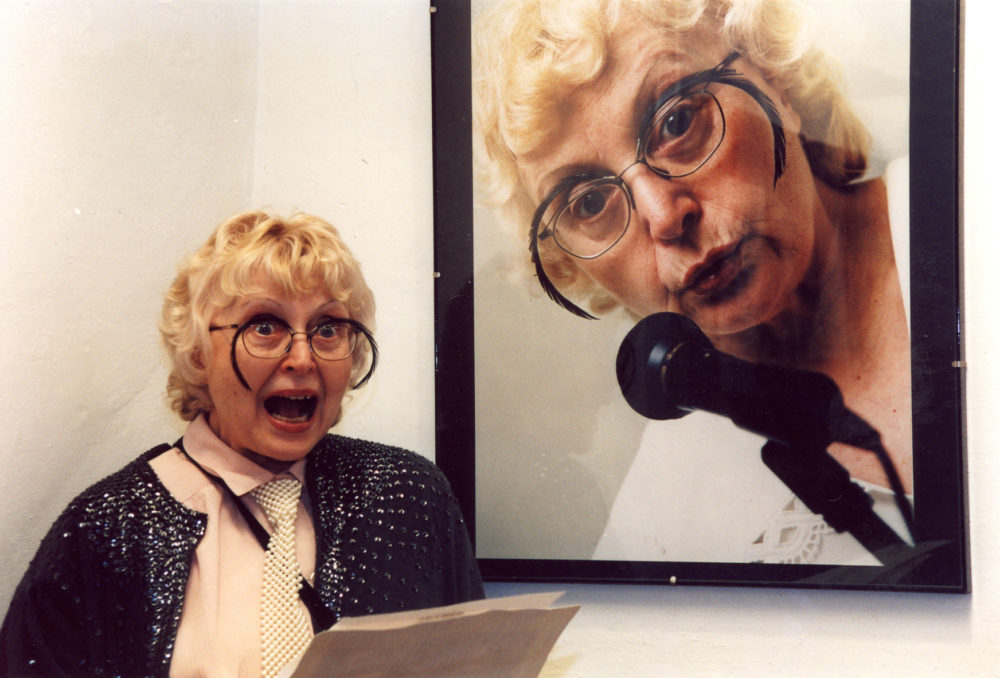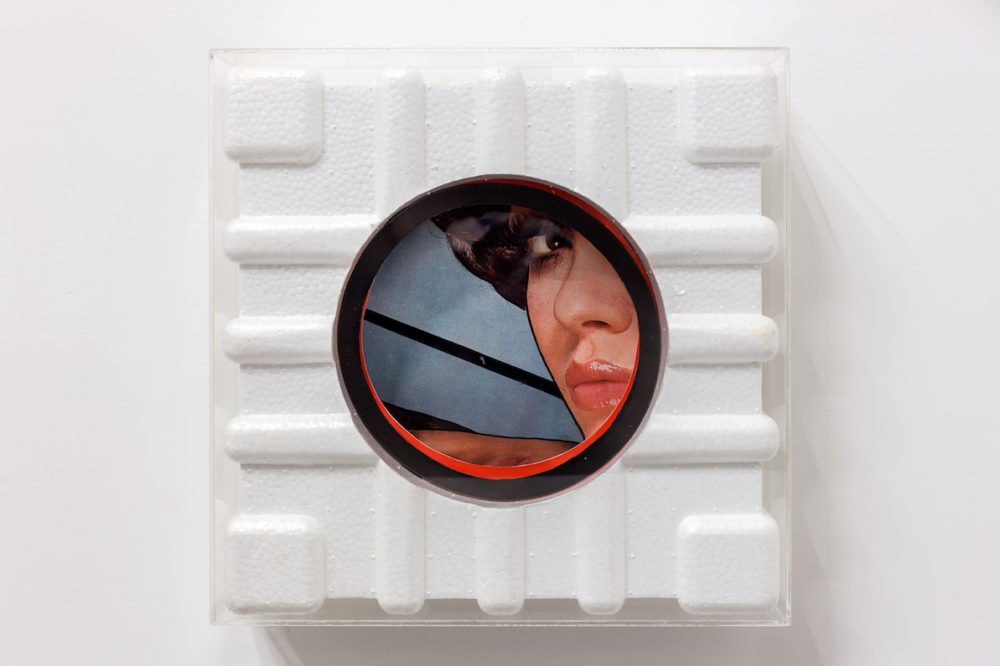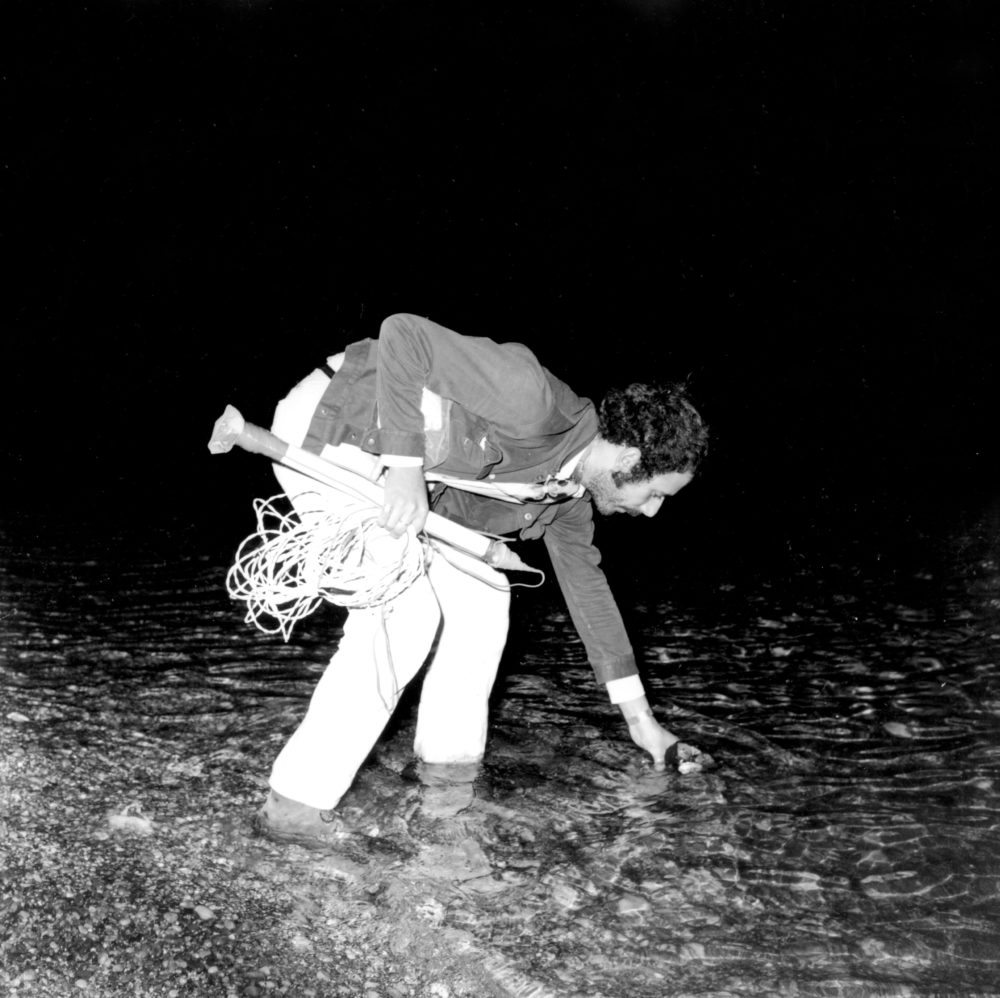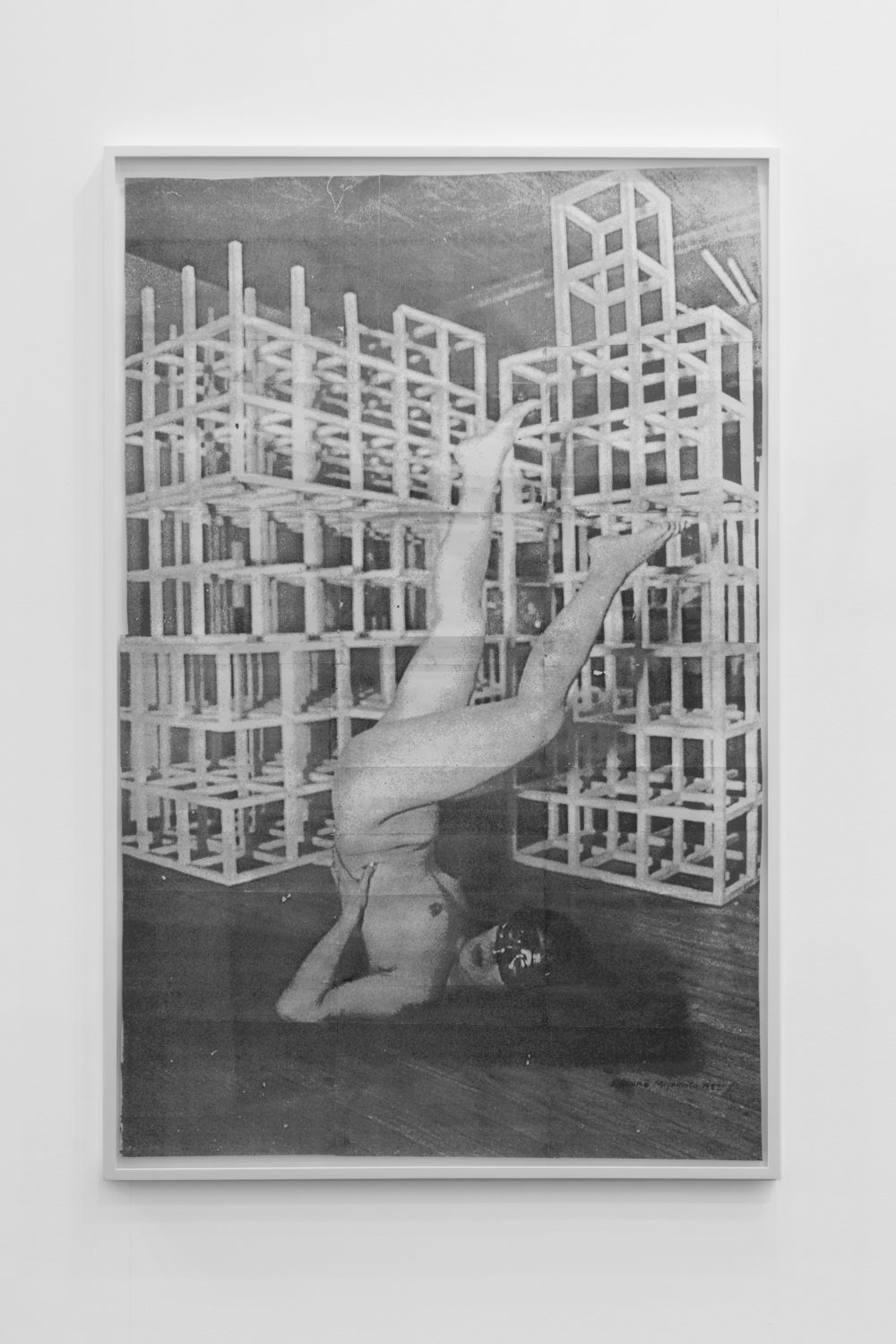
Courtesy Tomaso Binga – Archivio Tomaso Binga

Oblò, 1972
collage su polistirolo, plexiglass
34 x 34,1 x 8,4 cm
Acquisita con fondi POC (Programma Operativo Complementare) Regione Campania 2020
Collezione Fondazione Donnaregina per le arti contemporanee – Museo Madre
Foto © Danilo Donzelli

Rassegna Arte Povera+Azioni Povere, Amalfi 1968
Courtesy archivio Lia Rumma
Photocredit Bruno Manconi

Stunt, 1982
Courtesy l’artista | the artist e | and EXILE
Gli anni (The Years), curated by Eva Fabbris
The novel Les années (The Years) by the French writer Annie Ernaux (Nobel Prize for Literature 2022) recounts a life through the description of a series of photographs that portray the protagonist in significant and non-significant moments; through these images emerge the historical events, which for individuals are the ‘background’ of existence, but which, confronted with the dimension of time, are what survives: History. From this poetic and philosophical stance originates the reflection on artwork collections that the exhibition format Gli anni proposes. Unlike personal photographs destined, generation after generation, to be forgotten, works of art arise as a synthesis of subjectivity and the spirit of the times: an art collection, particularly a public one, is thus an antidote to oblivion.
Tomaso Binga, curated by Eva Fabbris with Daria Khan
Exhibition developed in close collaboration with the artist and her Archive. In the early 1970s, Tomaso Binga (Bianca Pucciarelli Menna. Salerno, 1931. Lives and works in Rome) chose to enter the art world using a male pseudonym, thus emphasizing the privileges of men over women even in the cultural field. In her 40-year practice, with her original visual poetry and performances, she has spoken of the female body as a signifier of freedom, playing with words to assert a feminism made of desecration, glee, denunciation, humor.
Pietro Lista – archival exhibition
Since his first projects in the 1960s – including his participation, in 1968, in the historic Amalfitan exhibition Arte Povera + Azioni Povere – Pietro Lista (Castiglione del Lago, Perugia, 1941) has interpreted numerous trends in contemporary art, exhibiting in museums all over the world and maintaining a special connection with Campania region. Today his works are part of public and private collections in America, France, Finland and Germany.
Kazuko Miyamoto a Madre exhibition at Belvedere 21 of Vienna